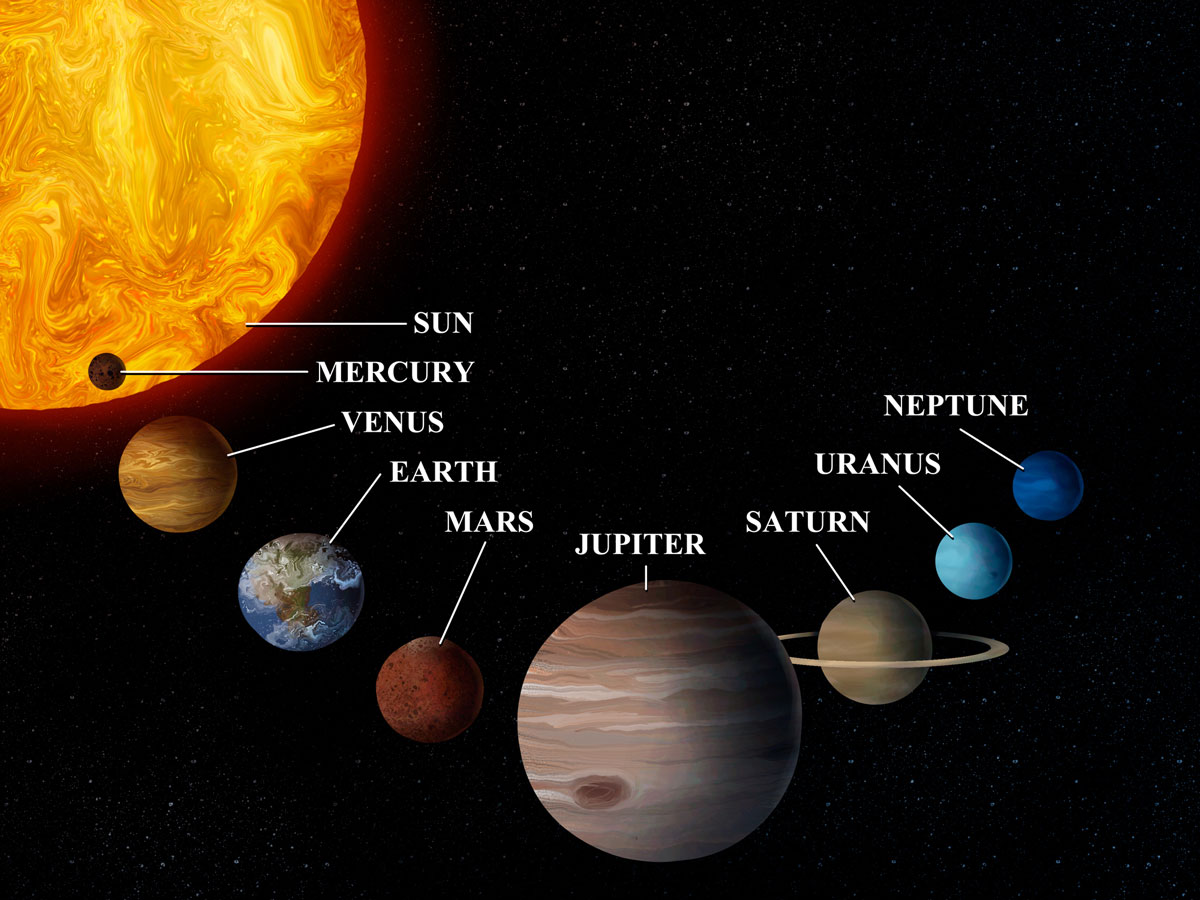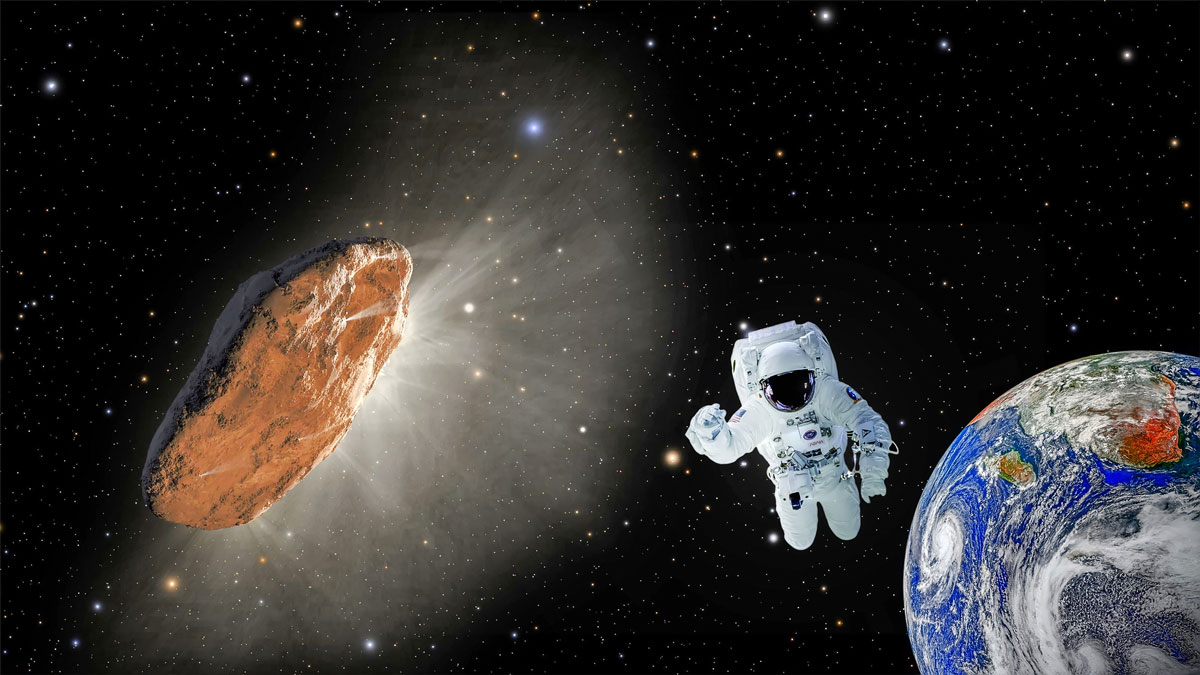Going to Venus
By The Edge Learning Center
(Publish on 25 November 2021)

In 1996, the then American President, Bill Clinton, declared “the American space program will put its full intellectual power and technological prowess behind the search for further evidence of life on Mars.” This scientific commitment has led to 14 Mars missions since 1996, by the United States alone. Moreover, during that same period, Russia, the European Space Agency, China, Japan and India too have launched their own mars missions. Yet, despite such an extensive (and expensive) commitment, we are still no closer to finding alien life. That is not to say that tremendous scientific advancements have not been made. In this year alone, NASA’s Ingenuity Mars helicopter achieved control flight, the first for humanity in another world. However, the scientific community must grapple and acknowledge the opportunity cost for having such an intense focus on Mars.
All this interest does beg the question of why? Of all the planets in the solar system, why did we really think the Mars had extra-terrestrial life? In the mid 1990s, a group of eminent scientists jointly published a joint declaration with their firm belief that if microbial life is to exist within the solar system, aside from Earth, Mars would be the top contender. With some scientists, with circumstantial evidence, even claiming that life on earth may have even originated on Mars. This tentative scientific interest, accompanied by science fiction writers, created a cascading hype the national governments could no longer ignore.

Yet, recently there has been a reignited interest to other parts of our solar system: the asteroid belt, the moons of Jupiter and Saturn and interestingly Venus. Venus is our sister planet and the closest of any of our neighbours, is almost identical in size to Earth However, that is where the similarities end. In many ways, Venus resembles Dante’s description of hell, with surface temperatures reaching 900 degrees Celsius, atmospheric pressures of 93 bar, with carbon dioxide composition reaching 96.5% and clouds composed 75-96% of sulphuric acid.
Now you may ask, why set Venus as our goal? Mars with its thin atmosphere and temperatures 60 degrees Celsius below zero, is obviously a more attractive destination. However, on purely scientific ground, there are many reasons why we should prioritise the study of Venus. Venus represents an extreme warning to the Earth for climate change, and how increased carbon dioxide concentration can turn our blue planet to an arid dystopia.
Avi likes to show students what they are learning is relevant to their lives outside the classroom. Sign up for a trial lesson with Avi!
About The Edge
The Edge Learning Center is Hong Kong’s premier Test Preparation, Academic Tutoring, and Admissions Consulting services provider. Founded in 2008, The Edge has helped thousands of students improve their ACT and SAT scores as well as their IB and AP grades. The AC team has just finished off another successful period in which students gained acceptance to schools such as Columbia, Yale, UChicago, and more! Check out our latest Admissions Results!

